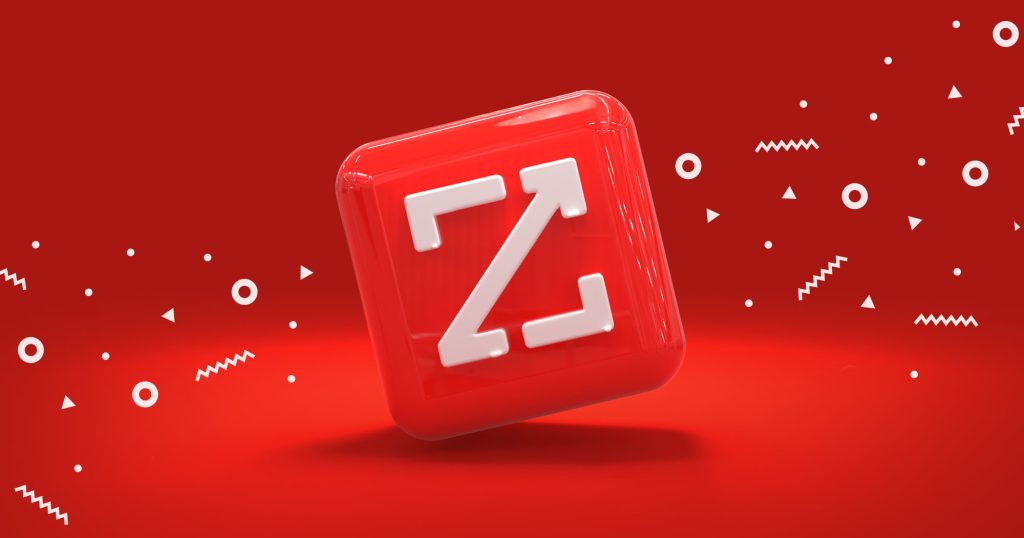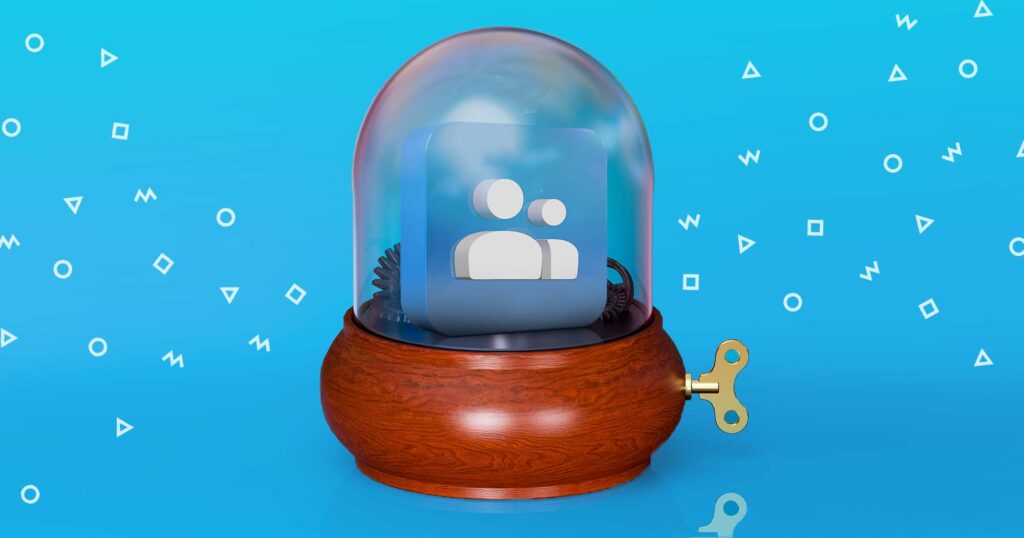Does personal selling work in all types of sales?

Now, let’s talk about the different types of personal selling and industries it can be applied to.
First of all, there are very few industries that wouldn’t benefit from a more personalized sales process. Whatever they’re buying, customers are people and like to be treated as such. However, it’s clear that certain types of businesses can benefit more from personal selling than others.
- Businesses selling high-ticket items. If the product you’re selling has a high price tag, then prospects will likely do a lot of research before buying. With personal selling, you can explain the product benefits and how they relate to the customer’s unique circumstances, as well as directly answer any questions that they may have.
- B2B industries. While many people assume that B2B sales is automatically more impersonal, the truth is that B2B companies that use personal selling can benefit the most from it. Why are B2B sales based on personal selling? It’s really simple. When a prospect is buying on behalf of a company, rather than just themselves, they’ll want to be certain that the product meets all the varied requirements of the business.
- Highly technical and/or customizable products. A simple item that can be bought off the shelf can usually be purchased without a great deal of engagement. However, if that product is complex or needs to be tailored to the customer, then a personalized product demo can explain the details in simple terms and ensure it meets their requirements.
- High-competition industries. If you’re the only supplier of a valuable product/service, then people will buy from you. On the other hand, if there’s a lot of competition, then personal selling can be a powerful differentiator that helps you stand out from the crowd.
Still, while some markets might be able to get away with a more generalized approach today, personal selling brings so many advantages that the time will soon arrive where you can’t afford not to use personal selling.
Qualities and skills needed for personal selling

A big part of personal selling is having the right mindset. By working on the necessary soft skills, salespeople can more effectively engage with prospects at every stage of their journey.
Knowledgeability. This is the foundation your personal selling is built on. First of all, you need to have a deep understanding of your customer and their business. While you’ll learn the most by actually talking with your prospects, you should already have researched them before you even think about making contact. You also need to know your product/service in depth through hands-on training, so you’re in a position to answer any questions that come up, as well as make meaningful recommendations that add more value to the prospect.
Natural communication. The way you talk with your customers is more than just the words you use. Reciting features and benefits while sticking rigidly to a sales script, no matter how good it is, won’t help you connect with your prospects. Rather, use a more conversational approach to encourage prospects to open up and put them at ease as a method of personal selling.
Active listening. While we’re on the subject of communication, remember that conversations are supposed to be two-way. Sometimes, in an effort to show just how interested they are in the prospect, some salespeople can get carried away. However, if you’re doing most of the talking, then you’re doing it wrong. Instead, be curious. Ask lots of questions. Make a conscious effort to actually listen to what the prospect is saying — rather than just waiting for an opportunity to hijack the conversation — and you’ll be in a far better position to offer a personal service.
Empathy. As you start listening more to your prospect, you’ll get a deeper understanding of them and the specific challenges that they’re facing. While it’s only natural to first think about yourself and the product you’re selling, personal selling means the customer really does come first. Put yourself in their place and think about what the best outcome looks like for them, not you.
Honesty. When you’re in direct communication with a prospect, being authentic is essential; a cynical customer will quickly pick up on any signs that you’re just trying to close a deal at all costs. Hopefully, if you’ve done the right preparation, you’ll be confident that your product/service gives the customer the best outcome. But, if the prospect does have legitimate concerns, being transparent and acknowledging them can cement your position as a trusted advisor.
Personal selling throughout the sales cycle
It might seem that personal selling is purely about the way you interact with the customer. In reality, a truly personal selling experience involves every single stage of the typical sales cycle, from the moment you start prospecting to closing the deal and beyond.
This also means you’ll need commitment from the management. From initial onboarding and training to ongoing coaching and support, management needs to ensure that everyone on the sales team understands how to carry out personal selling approach and has the resources to do so.
While the way companies break down or refer to the different steps of personal selling cycle can vary (we’ve talked about what is a sales cycle/process – along with the sales process flowchart – in our previous post), they typically follow a structure like this:
- Prospect. What is the first step in the B2B personal selling process? It’s usually to identify potential customers. Upfront research ensures you’re reaching the right sort of prospects, ones who match your ideal customer profile (ICP) and will benefit the most from your product/service, naturally leading to personal selling.Bonus tip: Depending on your circumstances, you might want to use an account-based marketing approach and do some additional research to qualify leads at this stage. It’s more work, but it also means you can make the best use of your resources to carry out personal selling with prospects that are more likely to become customers.
- Contact. In any kind of interaction, first impressions count. And it’s even more important with the personal selling process. In the initial outreach, it should be clear to the prospect that this message is 100% relevant to them. Using your research, your message should demonstrate that you know exactly who you’re reaching out to. At the same time, you can use questions to further qualify the prospect and identify any other issues that may not have come up in the initial research.
- Qualify. Part of personal selling is building meaningful customer relationships and, like any relationship, these grow over time. Sales qualification is an opportunity to find out if the relationship is worthwhile for both parties. With each point of contact, you’ll continue learning more about the prospect, enabling you to better personalize future messages and more effectively nurture them through the rest of the typical sales process. What are their unique challenges? What’s happening in their business? What tech are they using? Bonus tip: For more advice, check out our post on the best ways to qualify your leads.
- Offer. Once you’ve determined that the prospect is ready, it’s time to sell them on your product. With personal selling, this should feel less like a sales pitch and more like the recommendation of a trusted friend. Show them how the product helps them, addressing those biggest challenges you’ve uncovered.
- Overcome objections. Many salespeople dread objections, but in B2B personal selling, you should actively encourage questions. You want the prospect to be 100% convinced, and if they have any misconceptions (or legitimate concerns) you should be eager to hear about them so that you can clear them up.
- Close. What is the last step? If you’ve followed the personal selling process up to this point, then you’re offering the right solution to the right person, and they should be tripping over themselves to buy it. However, there may be other stakeholders who need to approve the process. Talk about this with the prospect and provide them with any additional information they need to convince others.
- Follow-up. Personal selling in B2B looks for long-term benefits on both sides. For the customer, that means taking steps to ensure they’re getting the most value out of your solution. As well as demonstrating your commitment to the customer’s outcome, this can also lead to additional upsell/cross-sell opportunities.
Conclusion
As many businesses try to reach as many people as possible, personal selling is a powerful differentiator. By showing a genuine interest in the prospect and their business, you can stand out from the competition and help prospects become happy, lifelong customers.
While it takes time, developing skills such as active listening and empathy enables you to understand your customers on a whole new level and offer them a personalized pitch that’s 100% relevant to their needs. By applying this approach to each one of the personal selling steps, you’ll be able to close more deals with your best-fit customers — a win-win for both sides.
Want your outreach to have the personal touch? Reply allows you to personalize your messages at scale, from email and social media to SMS and WhatsApp. Try it out for yourself with a 14-day free trial.







![How to Write Your Perfect LinkedIn Connection Message [With 15+ Templates] How to Write Your Perfect LinkedIn Connection Message [With 15+ Templates]](https://reply.io/wp-content/uploads/linkedin.messages-1024x538.jpg)